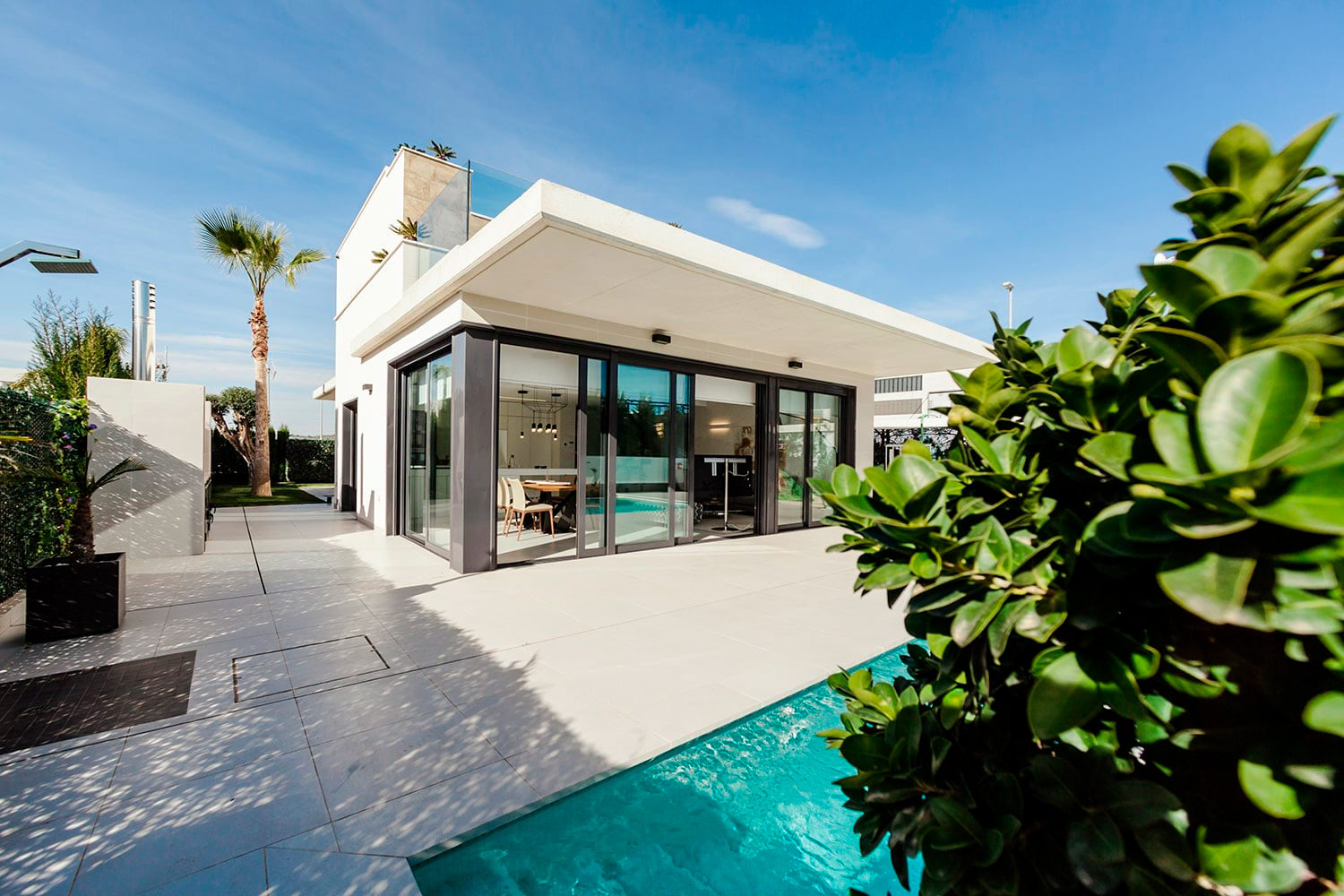In today’s competitive retail landscape, the design of a store is just as important as the products it sells. A well-designed retail interior not only attracts customers but also enhances their shopping experience, encouraging them to spend more time and make purchases. At Mradul Gupta Architects, we specialize in creating retail spaces that combine functionality, aesthetics, and brand identity to deliver memorable experiences.
1. First Impressions Matter
The entrance and layout of a retail store set the tone for the customer experience. Thoughtful design ensures that visitors feel welcomed and engaged from the moment they walk in. Elements such as lighting, flooring, and display arrangements play a critical role in creating a positive first impression and guiding customers through the store effortlessly.
2. Strategic Layout and Space Planning
An effective layout balances flow and accessibility, allowing customers to navigate the store with ease. Architects design spaces that highlight key products while creating natural pathways, ensuring that every corner of the store is utilized effectively. Proper space planning also helps reduce congestion and creates a comfortable environment for shoppers.
3. Lighting and Ambience
Lighting can transform a retail environment, influencing mood, focus, and perception of products. Warm, accent, and task lighting can highlight merchandise, create focal points, and enhance the overall ambience of the store. A well-lit store feels inviting and encourages customers to explore more areas.
4. Brand Identity Through Design
Retail interiors are an extension of a brand’s identity. Colors, materials, textures, and display elements should reflect the brand’s ethos and values. Consistency in design helps build brand recognition, while thoughtful details, such as custom fixtures or artistic installations, make the shopping experience unique and memorable.
5. Customer-Centric Features
Modern retail design focuses on the comfort and convenience of customers. Features like seating areas, interactive displays, fitting rooms, and clear signage improve the overall experience. By considering the customer journey, architects can design spaces that are not only visually appealing but also functional and user-friendly.
6. Incorporating Technology
Technology integration enhances both shopping efficiency and engagement. Digital displays, interactive kiosks, smart lighting, and augmented reality features allow customers to explore products in innovative ways. Architects carefully incorporate these elements without disrupting the aesthetic flow of the store.
Conclusion
A well-designed retail interior is more than just a physical space; it’s a tool to engage customers, communicate brand values, and drive sales. By focusing on layout, lighting, brand identity, and customer comfort, architects can create environments that leave a lasting impression.
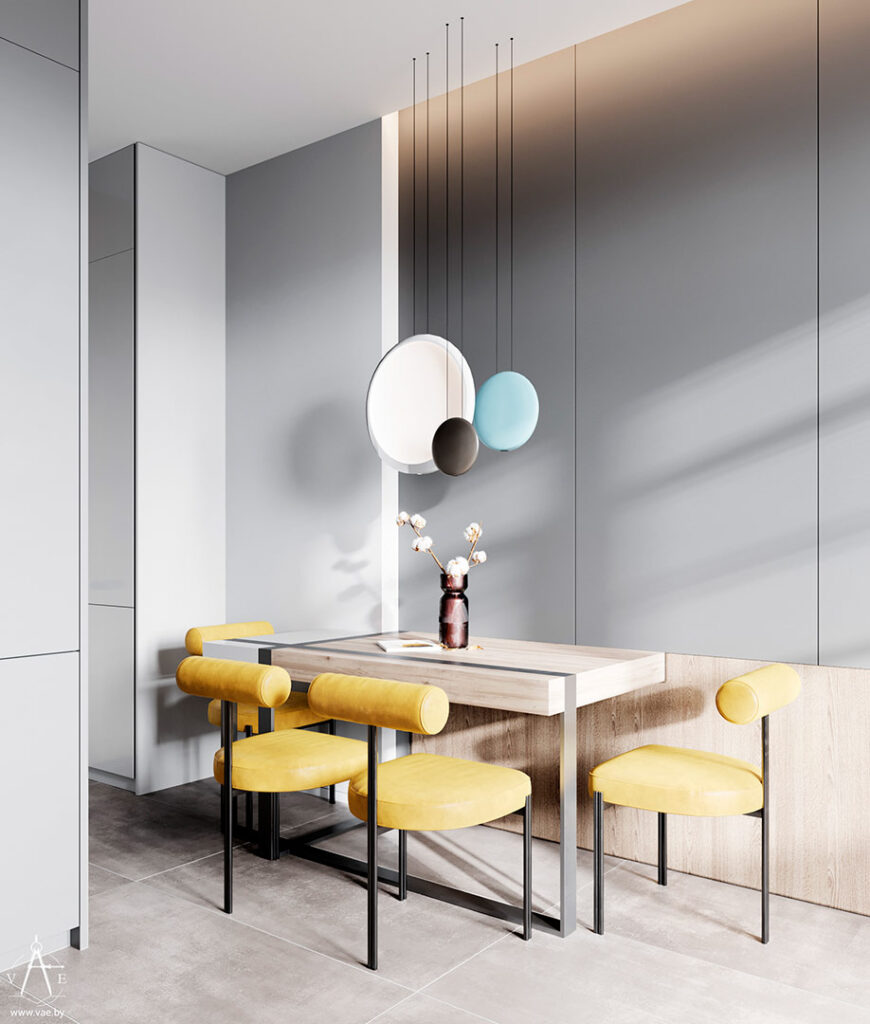
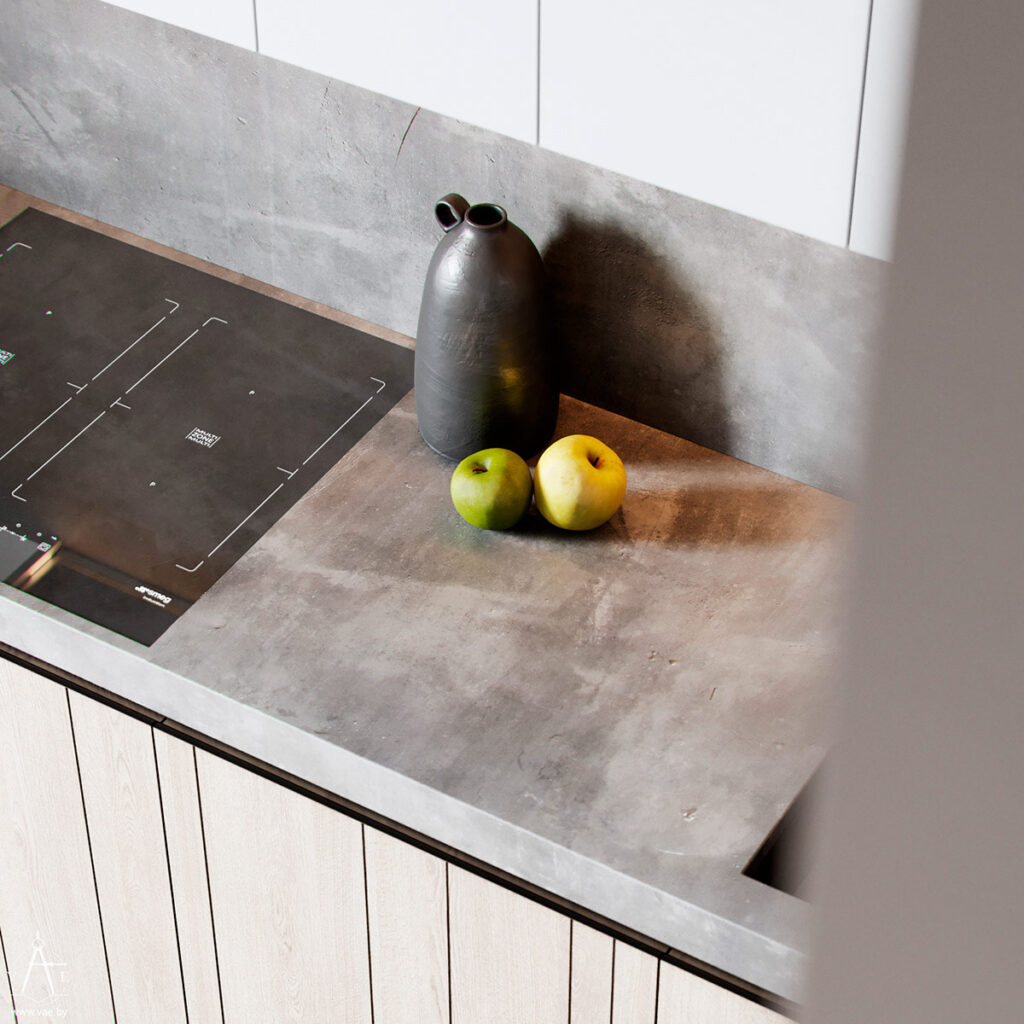
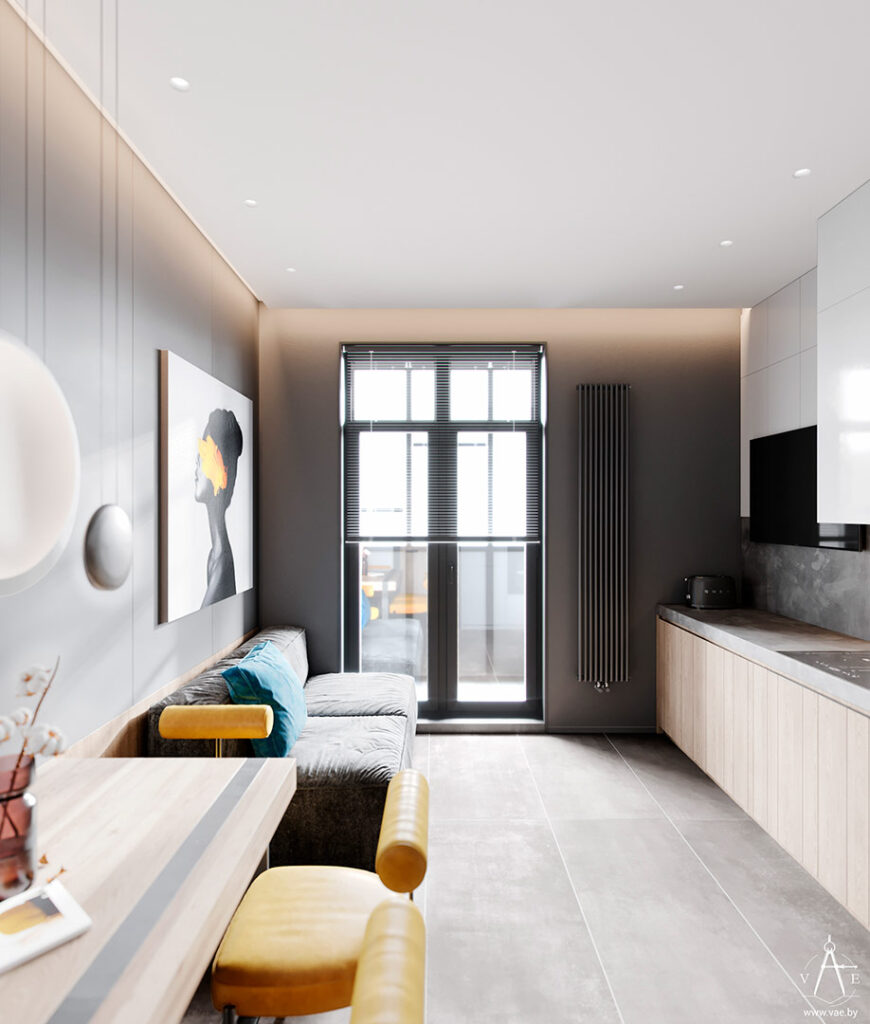
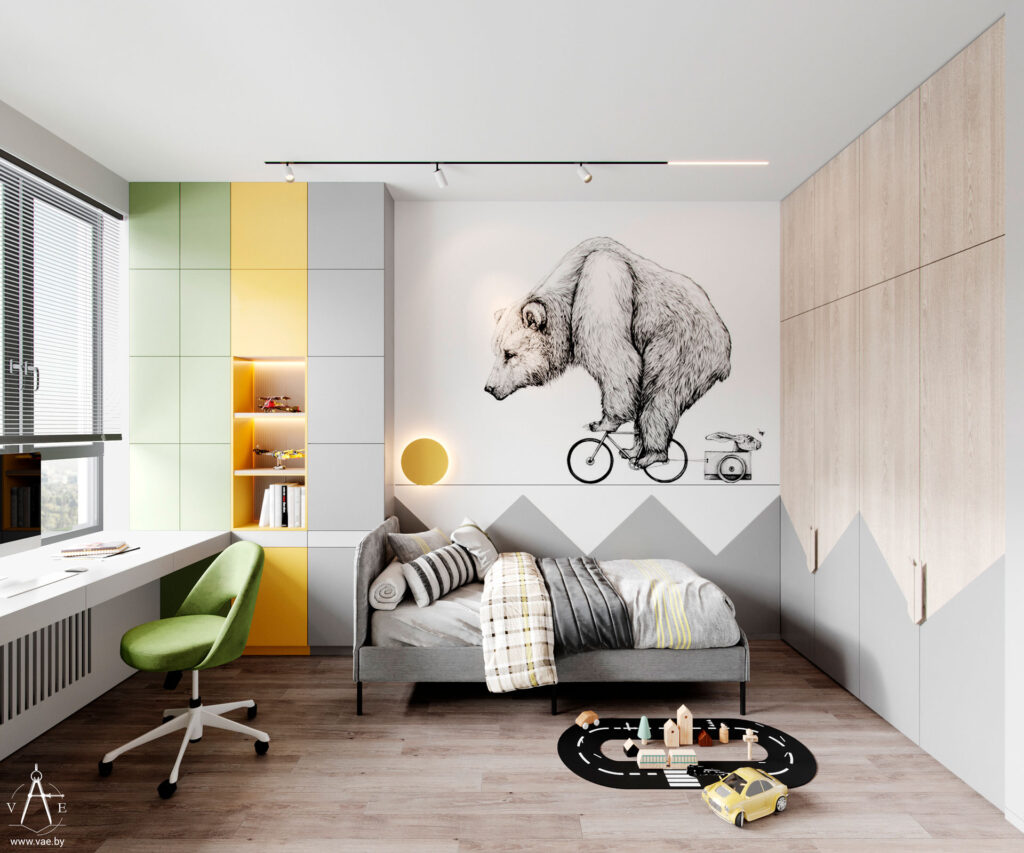
At Mradul Gupta Architects, we specialize in crafting retail interiors that elevate customer experiences. Our designs merge creativity, functionality, and brand storytelling to deliver spaces that are not only beautiful but also strategically effective. From boutique stores to large retail outlets, we ensure every project resonates with customers and reinforces the brand’s identity.


